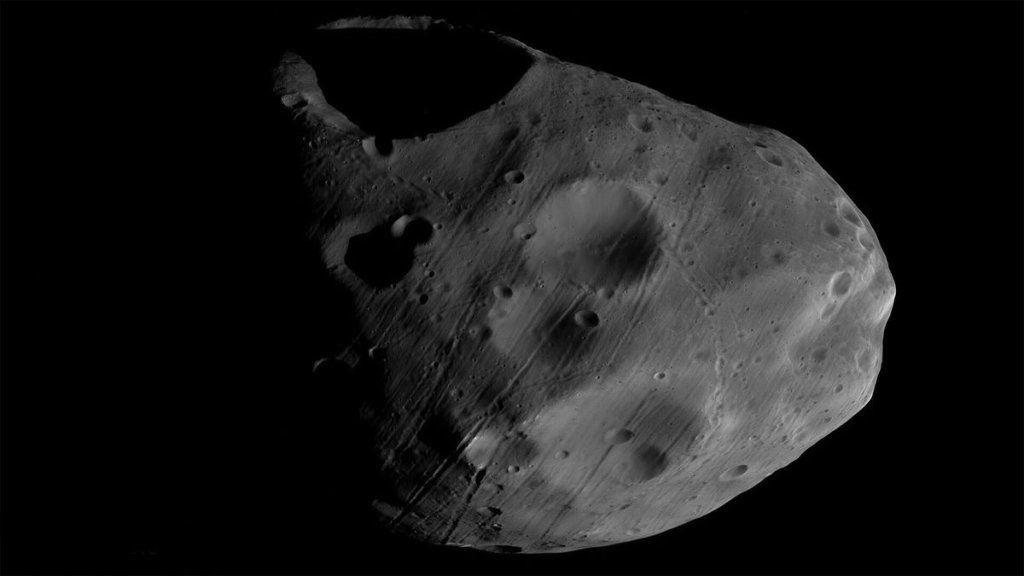
On This Day In Space: Aug. 17, 1877: Asaph Hall discovers the Martian moon Phobos (Image Credit: Space.com)
On Aug. 17, 1877, American astronomer Asaph Hall discovered Mars’s moon Phobos.
Related: Moons of Mars: Amazing Photos of Phobos and Deimos
Hall was working at the U.S. Naval Observatory in Washington, D.C. and looking through a 26-inch refractor telescope — which was then the largest in the world — when he first spotted the moon. Six days earlier, he had discovered another, smaller moon that he first described as “a faint star near Mars.”

Upon further inspection, not only did he realize that this star was actually the Martian moon Deimos, but he also discovered a second, larger moon now known as Phobos. He announced both discoveries the following day on Aug. 18, 1877.
Phobos is the largest moon of Mars. Its dimensions measure 10 by 14 by 11 miles (17 by 22 by 18 km) across and orbits Mars three times each Martian day at a distance of about 3,700 miles (6,000 kilometers).
On This Day in Space Archive!
Still not enough space? Don’t forget to check out our Space Image of the Day, and on the weekends our Best Space Photos and Top Space News Stories of the week.
Follow us @Spacedotcom and on Facebook.





